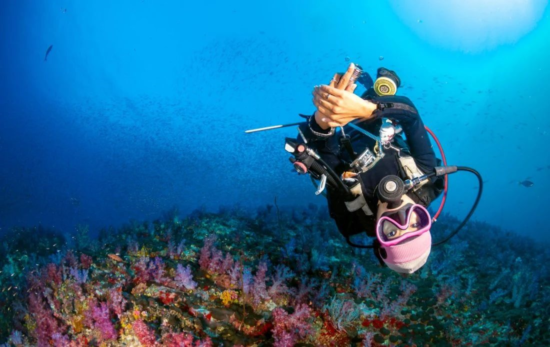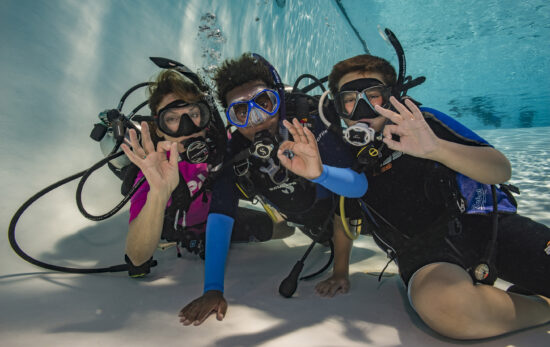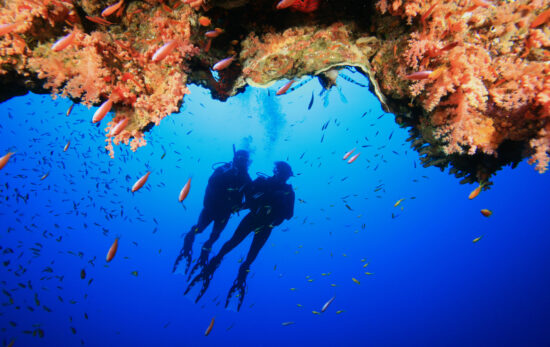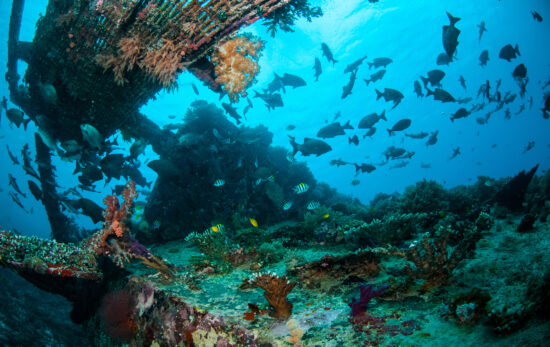When disaster strikes – any type: tropical storm, earthquake, tsunami – humanitarian response falls into distinct phases. The names and divisions vary, but generally, relief is the immediate response – rescuing victims, providing food, water, shelter, medical care, power etc., depending on what’s needed. Resumption is the restoration of normalcy in which an affected area stabilizes economically and socially much as it did before, and often includes better preparation for similar future disasters. Recovery is the critical restoration phase between the two during which relief withdraws as people rebuild their lives. Many factors influence recovery – the economy type, damage type and extent, availability of resources and so on. The longer recovery takes, the longer those affected depend on relief and the longer their lives remain unstable.

With respect to the pandemic, most of the dive community is now in this recovery phase. Overall, based on diver training, hotel and air passenger data comparisons, diving is doing better than most travel-related industries. In some regions where divers are diving locally and vaccinations have made travel more accessible, diving is almost back to prepandemic levels. This even continues (albeit with some slowing) in some areas amid Delta surges because vaccination is keeping hospitalizations and fatalities vastly lower compared to previous ones.
But, some of the world’s most popular dive destinations have not had much recovery. Travel restrictions continue to plague almost all tourism-based economies, so restaurateurs, hoteliers, guest service provides, shuttle and taxi drivers and so on are suffering alongside dive operators. At the extreme, some of these areas are still relying entirely on relief – recovery has not really even started. However, you and I can accelerate recovery for diving overall and these areas in particular simply by going diving.
- Data show that the sooner tourism comes back, the faster recovery. So, if you’re able and eligible to go to a dive destination without unreasonable risk (e.g., vaccinated, low risk, meet entry requirements, etc.), you’re helping simply because your money supports livelihoods.
- This is recovery from economic disaster, not physical disaster. The hotels are standing, the boats are floating, the compressors are pumping and the lights are on, so there’s no reason to stay away over physical damage concerns. If your favorite destination is open, likely almost everything is likely working, operations are fairly normal and you’ll have a great dive holiday.
- If you can’t travel, dive locally, train locally and share your love of diving. The more active, enthusiastic divers like us there are, the more inbound dive tourism there will be when travel opens up. This means you’re “priming the recovery pump” for other areas by continuing your education with your local PADI shop, going diving, encouraging others to try diving, participating in PADI AWARE activities and otherwise being part of an active, engaged local dive community.
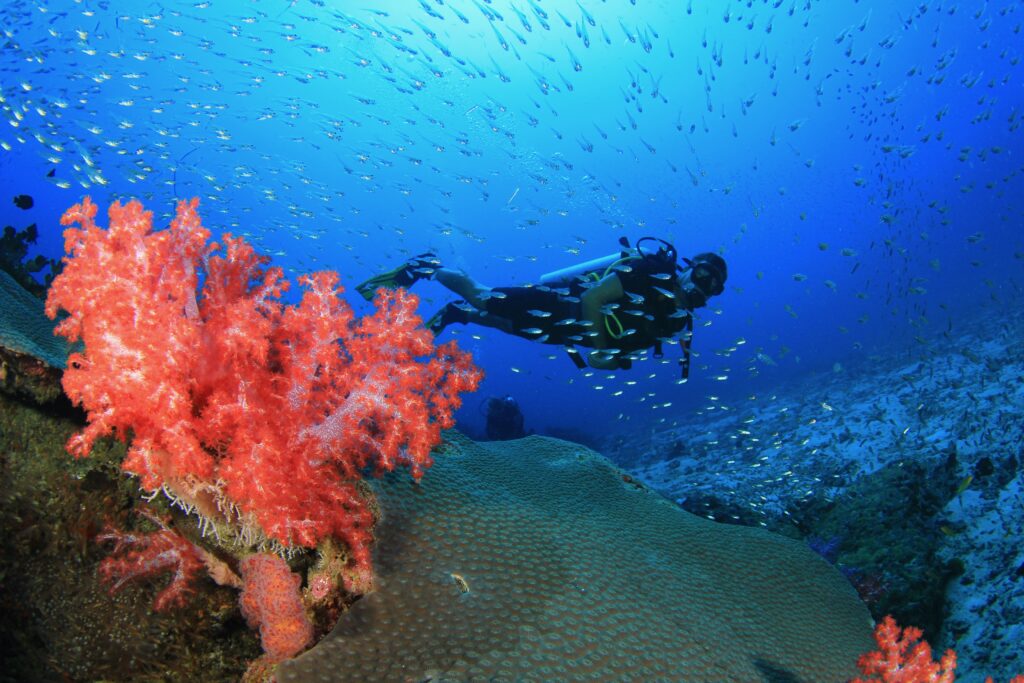
Going diving to help diving recover is humanitarian – as Indonesia’s Minister of Finance Sri Mulyani Indrawati put it, “When we rebuild a house, we are rebuilding a home. When we recover from disaster, we are rebuilding lives and livelihoods (my emphasis).” But, it is also part of being PADI Torchbearers and protecting the seas. In the middle of disaster, survival relies on short term thinking, so things like preserving reefs or environmental outreach go on the back burner. It takes economic stability for people to look down the road – advocate for and protect the oceans – so doing whatever we can to drive recovery is important both for now, and for a preferable, sustainable future.
Good diving
Drew Richardson
PADI President & CEO PADI Worldwide

